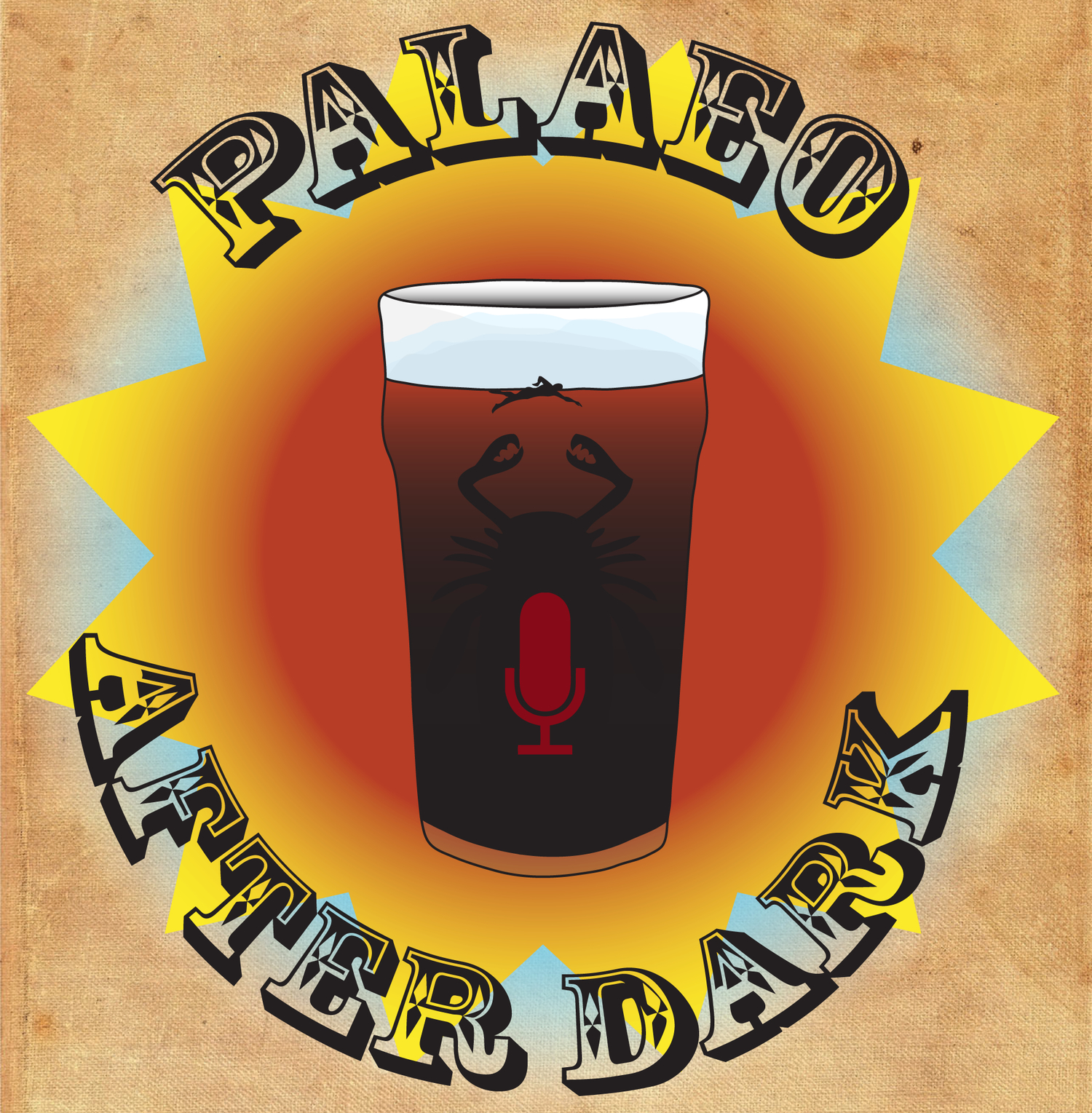Podcast 70 - Systems Breaking Down; The End of the Ediacaran
/The gang discusses two papers that deal with the events that led to the extinction of the early metazoan Ediacaran fauna, as well as the extinction's philosophical ramifications for our understanding of evolution in general. Chaos runs rampant throughout this podcast as our figurative and literal systems break down through time. But somehow, life.... finds a way.... through a 4G network. Meanwhile, Amanda jumps the gun, Curt makes jokes no one can understand, James "wins" again, and everyone slowly succumbs to chaos and madness. If you're just joining us for the first time, I'm so very... very sorry.
Up goer five simple text summary:
The group looks at why some of the earliest animals died. The first study suggests that these earliest animals died because new animals appeared that were better than them, and that the early animals could not beat them. The second paper look at what was going on when this happened, and whether this time was one of a kind or simply the earliest case of animals becoming normal.
References:
Darroch, Simon AF, et al. "Biotic replacement and mass extinction of the Ediacara biota." Proc. R. Soc. B. Vol. 282. No. 1814. The Royal Society, 2015.
Erwin, Douglas H. "Was the Ediacaran–Cambrian radiation a unique evolutionary event?." Paleobiology 41.01 (2015): 1-15.

















